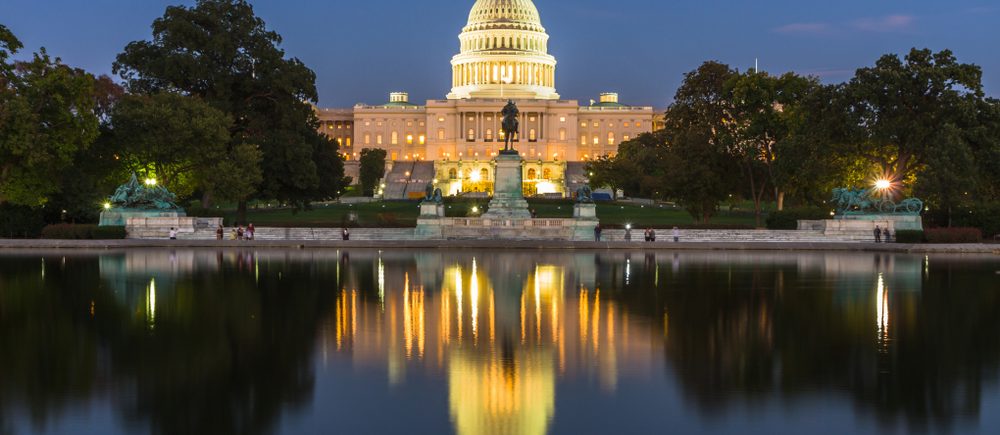The United States Senate has officially passed a bipartisan infrastructure bill on Tuesday with investments of about $1 trillion.
The bill represents a major pillar in the economic agenda of the Democratic Party that enjoys a majority in both chambers of Congress and that of the Joe Biden administration, with a focus towards stimulating economic growth and driving the recovery from the coronavirus crisis with a strong rebound.
In a 69-30 vote, 19 Republicans joined the 50 Democratic Senators in passing the plan that includes $550 billion in public expenditure on transportation, internet services, and utilities.
However, it could take longer before the bill is passed through the House of Representatives as House Speaker Nancy Pelosi reportedly refuses to hold a vote on the infrastructure bill until a proposal to expand social protection is passed, including more spending on child care and paid leave as part of a $3.5 trillion plan.
The House will be in recess until September 20, which might delay the process for months, according to media reports.
It is worth noting that the infrastructure bill is set to allow public spending on renovating many roads, bridges, and highways, as well as other power and water services, including public transportation and railways.
For years, the challenge of a so-called crumbling infrastructure was on the agenda of major candidates from both parties running for public office across the U.S., however, the bill was the subject of many disagreements with disagreements between Democrats and Republicans on the adequate level of spending.
Negotiations and compromise led to a bipartisan draft bill, based on the proposals of President Biden, reaching
The next step for the Democrats will be to pass the $3.5 trillion budget, which they may do through the reconciliation option without the need for any Republican votes in the Senate.
The $3.5 trillion draft bill includes increased spending on social care, environmental and climate policies.
 Noor Trends News, Technical Analysis, Educational Tools and Recommendations
Noor Trends News, Technical Analysis, Educational Tools and Recommendations




